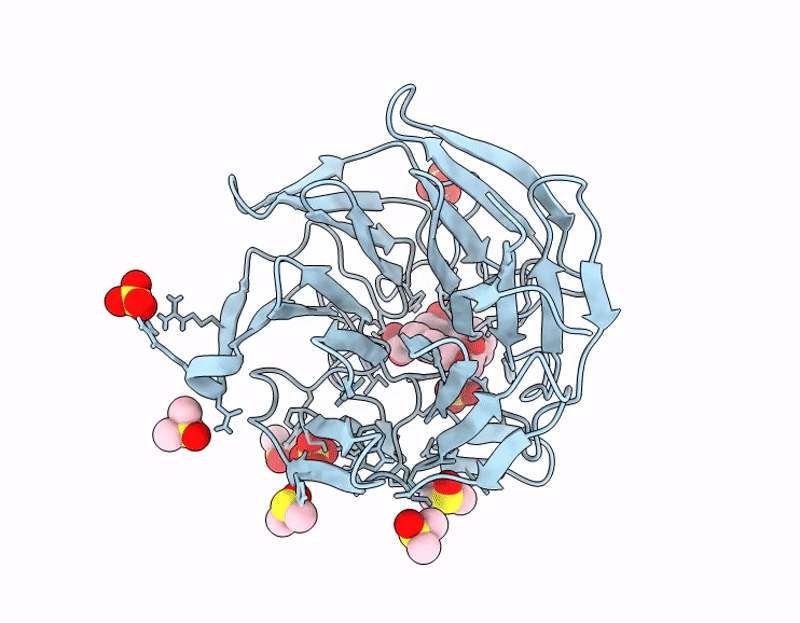
Deposition Date
2025-01-06
Release Date
2025-09-03
Last Version Date
2025-10-08
Entry Detail
PDB ID:
9HWW
Keywords:
Title:
Crystal structure of the Keap1 Kelch domain in complex with the small molecule UCAB#1032 at 1.61 Angstrom resolution
Biological Source:
Source Organism:
Mus musculus (Taxon ID: 10090)
Host Organism:
Method Details:
Experimental Method:
Resolution:
1.61 Å
R-Value Free:
0.19
R-Value Work:
0.16
R-Value Observed:
0.16
Space Group:
P 61


